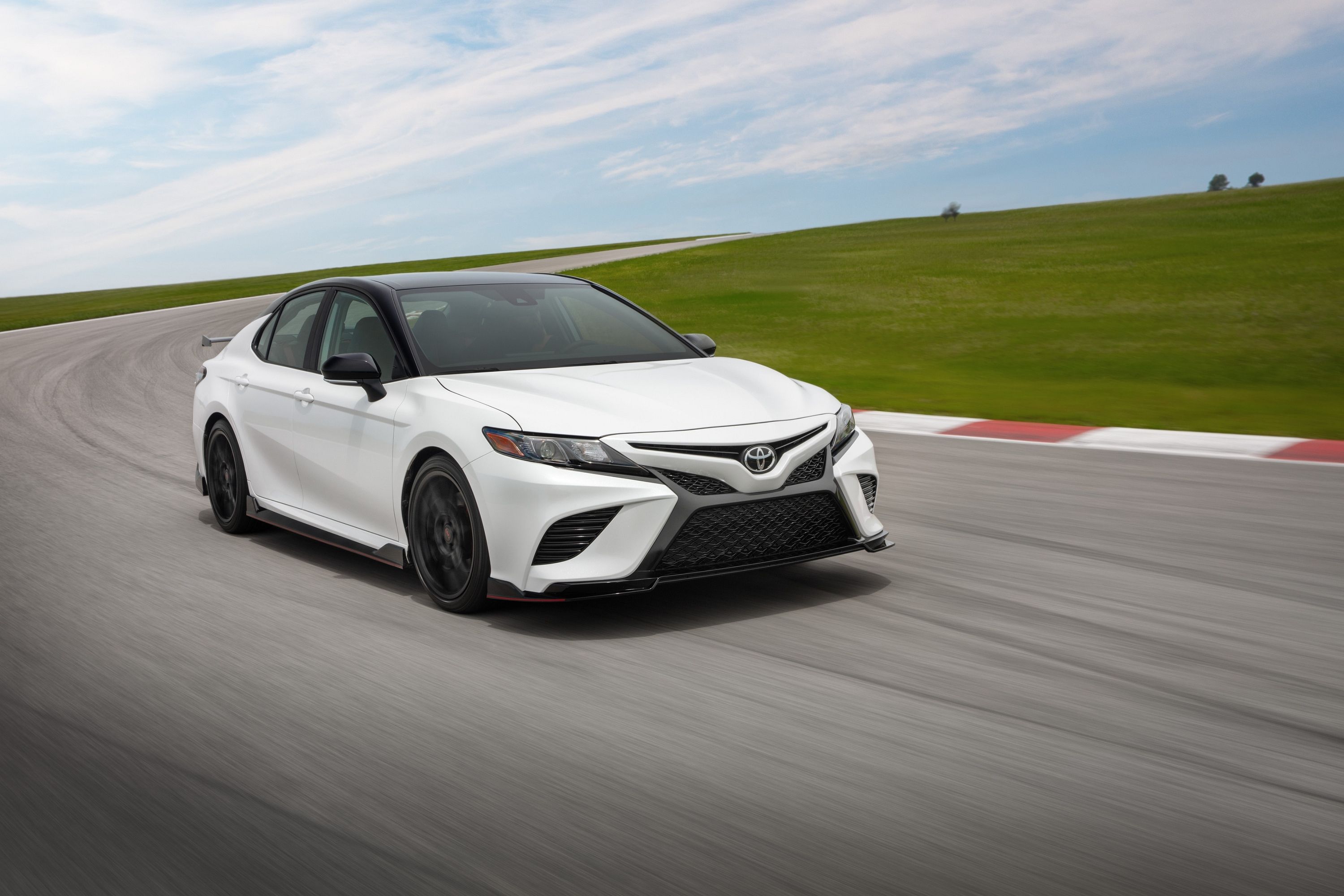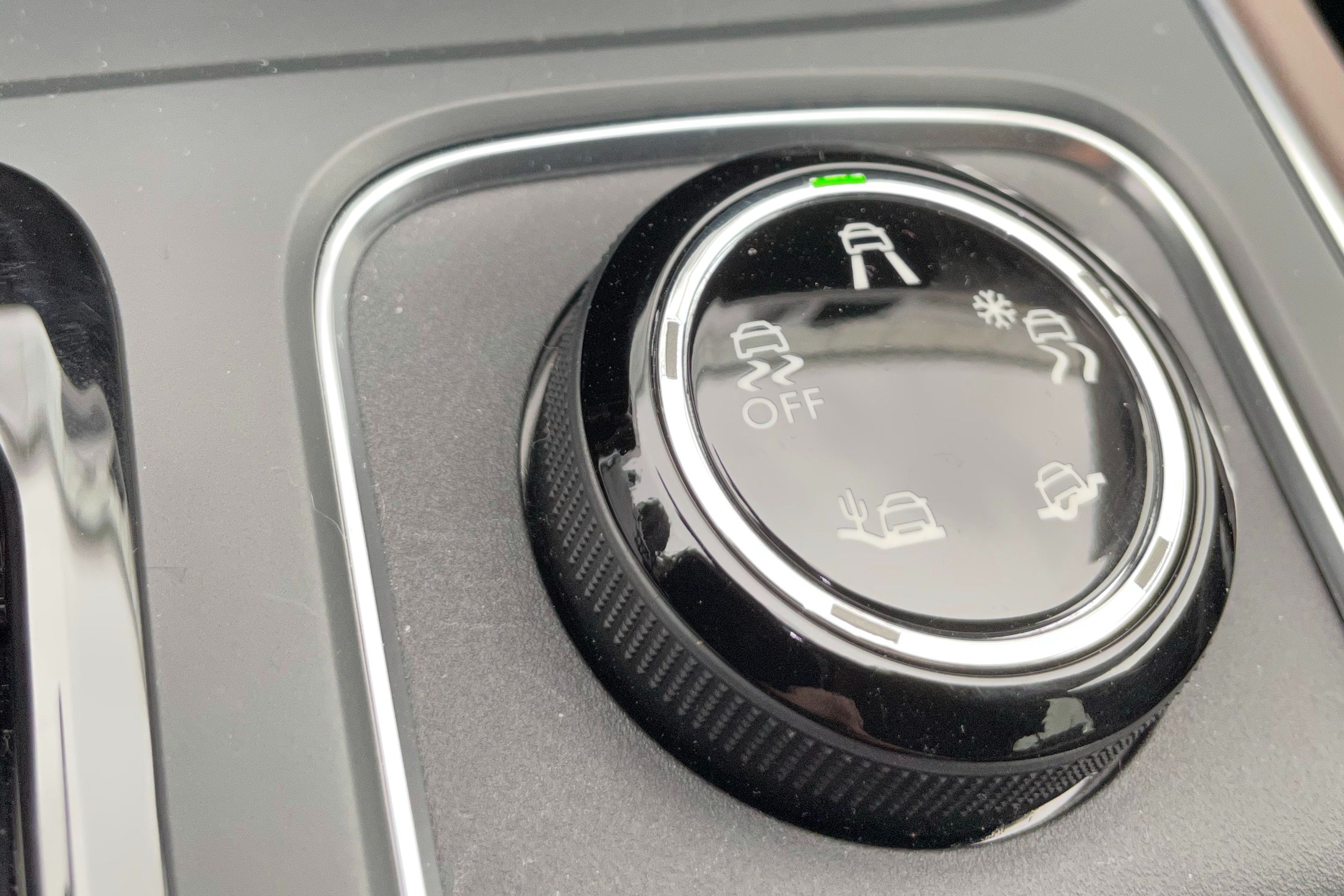
Introduction To All The Different Car Modes
When cars were still simple and bereft of modern electronics and car modes, you just got in and drove off. Vehicle manufacturers set up all the components of the car to provide an adequate compromise for all conditions and driving styles. In modern cars, there is often a choice of different drive modes to select, depending on how you want the car to behave. What are driving modes for and is having all these different drive modes useful or a sales gimmick? Also, what is Sport mode for in a car meant for family transport, such as a Toyota Camry or Honda CR-V?
Comfort, Eco, Snow, Sport, and Track Mode Explained
Each manufacturer calls their respective driving modes different things and they don't all work the same. One automaker's default mode might be Comfort and another's Standard, but they might be very similar. Similarly, Sport Plus or Track modes could overlap, each adjusting different vehicle parameters. The number of systems that can be controlled depends on the car but can include the engine, steering, suspension, exhaust, brakes, traction control, and dynamic stability control (DSC).
To make sense of it all, we group similar modes together and explain what automakers typically try to achieve with each of them:
- Normal/Comfort: Usually the default, Normal or Comfort mode provides balanced settings for everyday driving and is skewed towards comfort and refinement. The power steering will have a lot of assistance and the suspension is left in a comfortable setting. Learn more about car suspension here.
- Eco/Eco Pro: Eco driving mode is optimized for fuel efficiency and usually dulls throttle response and sometimes limits the maximum power available to save fuel. In manual cars, this economy mode usually has a visual indicator to prompt the driver to shift up to the next gear. In automatic cars, the transmission will upshift to the next gear as soon as possible. There is often no eco mode in sports cars.
- Winter/Snow: Winter or snow mode is about ensuring better traction. The traction control will be optimized for low-grip conditions and automatic cars will often pull away in second or third gear to reduce the likelihood of wheelspin and a loss of traction and/or control. A soft accelerator response similar to Eco mode might be used as well. The stability control will be set to intervene earlier to maintain control of the car. Read here for tips on what to do if your car becomes stuck in snow.
- Sport/Power: In Sport mode, the car caters to those who want sporty drive and it may even disable or hamper some driver aids. The throttle response is sharpened, stiffer suspension settings are used, an exhaust valve may open for a racier sound, and the DSC/ESP might intervene later to allow some sliding when going around a corner. Is there a difference between DSC and ESP? Read all about it here.
- Sport Plus/Track/Corsa: Usually only found on sports cars, Track mode optimizes performance and handling on a racetrack at the expense of fuel consumption and comfort. It is the most hardcore of the driving mode settings. Driving dynamics are dialed up to ten with the stiffest suspension setting, the most aggressive throttle response, and heavier weighting to the steering to give more feel. The ABS, dynamic traction control - or DTC - and the DSC can sometimes be switched off entirely in this mode.
- Custom: Some cars allow you to save a combination of your favorite drive-mode settings to a Custom setting and use that combination when hitting a certain button.
- EV: Plug-in hybrids usually have an EV mode that allows you to tell the car not to engage the combustion engine at all, instead relying purely on electric power until the battery charge is depleted.
Off-Road Driving Modes
Many pickup truck and SUV models have driving modes for specific off-road conditions; typical off-road modes include settings for:
- Driving in mud
- Driving in snow
- Driving on rocky surfaces or rock-crawling
- Driving on soft sand
- Driving on grass
- Gravel driving
AWD and 4WD don't work quite the same off-road; read about the differences here. For interesting articles on every subject from optimizing and customizing your off-road vehicle for the bush to engine swaps, interesting SUVs we've forgotten about, and car comparisons, have a look at our car features.
Conclusion
Driving modes give our cars different characters for different conditions and even allow drivers of normal sedans and SUVs to inject a little excitement into their driving by giving their vehicles a more sporty feel - even if a sporty feel in a truck or SUV could be seen as a sales gimmick. On a practical level, modern electronics are genuinely useful for optimizing performance, fuel economy, or off-road driving. The various driving modes help you access these abilities more easily than ever before.

